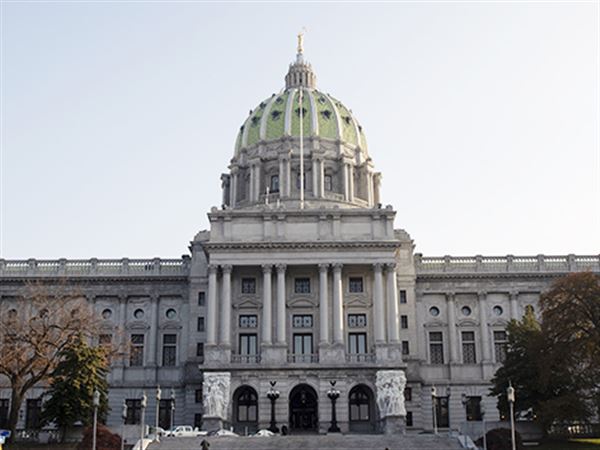WASHINGTON (AP) — U.S. consumer prices were unchanged in January, as the rising costs of housing and health care were largely offset by cheaper oil.
But the annual pace of inflation showed signs of acceleration. The Labor Department said Friday that prices have risen 1.4 percent over the past 12 months, compared to a year ago when annual inflation was close to zero. Consumer prices climbed at the fastest annual rate since October 2014.
Core inflation, which excludes volatile energy and food costs, rose 0.3 percent in January. Over the past 12 months, this category closely watched by the Federal Reserve has climbed 2.2 percent.
The rising tempo for inflation follows a Fed decision in December to raise a key short-term interest rate for the first time in nearly a decade. But the turmoil in the stock and bond markets after the Fed rate hike suggested to many investors that inflation might barely budge amid a slowing global economy.
Jennifer Lee, a senior economist at BMO Capital Markets, said that January’s report on consumer prices affirms the Fed’s decision and raises the potential for further rate increases later this year.
“In a way, this justifies the December rate hike and keeps the Fed at the rate hike table,” she said.
The combination of a strong dollar and cheaper oil has suppressed inflation across much of the economy.
Gasoline prices at the pump have dropped 24 percent over the past year to a national average of $1.72 a gallon. At the same time, economic growth struggles worldwide have pushed up the value of the dollar, making foreign imports cheaper. But the rate of gasoline prices declining slowed in January, weakening its downward pull on inflation.
Housing expenses — which account for a third of the consumer price index— have risen 3.2 percent from a year ago. Medical services are up 3.3 percent.
In January, prices also rose on a monthly basis for airfare, clothing and autos, while food expenses were flat.
The Fed is closely following inflation, looking for assurance that it will accelerate to 2 percent in its preferred measure. That particular measure of personal consumption places less of an emphasis on housing. It posted a modest annual increase of 0.6 percent in December.
Fed officials have said they are increasingly unsure about the path of inflation after raising a key interest rate in December from a record low set in late 2008. The quarter-point increase pushed the federal funds rate from near zero to a range of 0.25 percent to 0.5 percent.
Top Fed policymakers have greater concerns about threats to U.S. economic growth coming from lower oil prices and slowing growth in China and other emerging markets, according to the minutes of their January meeting released Wednesday.
The officials said these global pressures made it harder to forecast growth and inflation, two key factors for deciding the pace of additional rate hikes.
“Most participants indicated that it was difficult to judge at this point whether the outlook for inflation and economic growth had changed materially, but they thought that uncertainty surrounding the outlook had increased as a result of recent financial and economic developments,” the minutes said.
First Published: February 19, 2016, 3:05 p.m.














